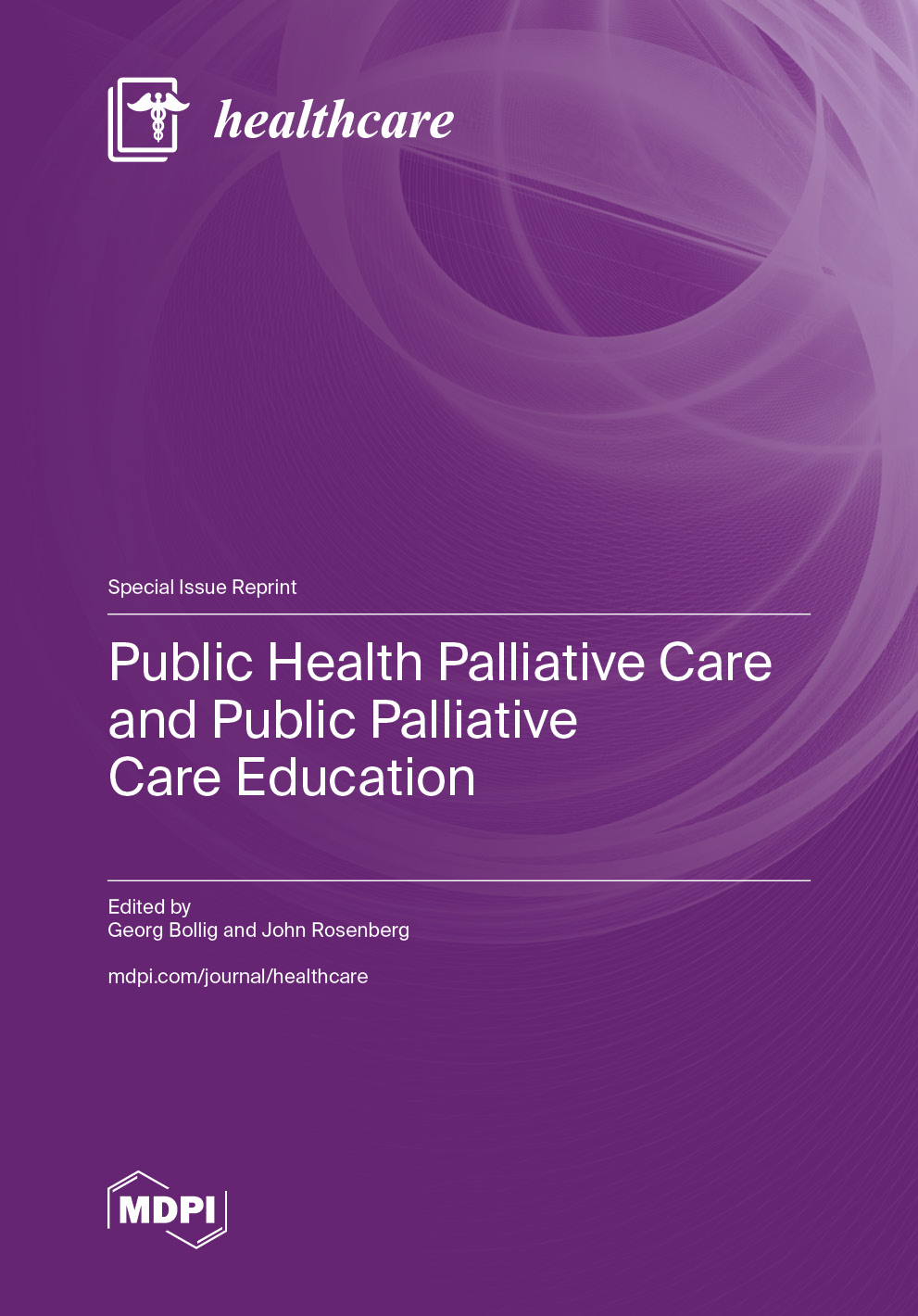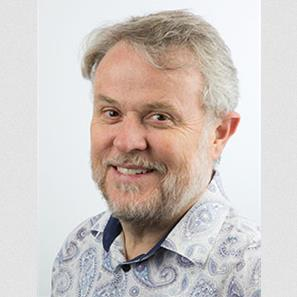Public Health Palliative Care and Public Palliative Care Education
A special issue of Healthcare (ISSN 2227-9032). This special issue belongs to the section "Community Care".
Deadline for manuscript submissions: closed (31 December 2022) | Viewed by 32828
Special Issue Editors
Interests: palliative care; death; dying; home death; hospital death; tele-palliative care
Special Issues, Collections and Topics in MDPI journals
Special Issue Information
Dear Colleagues,
Today, palliative care is seen as an essential part of public health care. The provision of palliative care in the community is a public duty. Palliative care and end-of-life care at home for all in need can only be done as a cooperation of healthcare professionals and citizens. The compassionate community approach introduced by Kellehear has led to the recognition of palliative care as everyone’s business and an important public health topic. Unfortunately, death literacy is not yet common among the public. Public awareness of palliative care is low, and public palliative care education is rarely implemented in most communities. Nevertheless, some educational programs for public palliative care education, for example, the Last Aid Course, do exist in some countries in Europe, Brazil and Australia.
There are many open questions concerning public health palliative care and public education. Empowerment of citizens is needed to enable them to participate in palliative care and end-of-life care provision. Cultural aspects of public health palliative care must be explored and included in future public palliative care education programs.
The goal of this Special Issue on “Public Health Palliative Care and Public Palliative Care Education” is to highlight recent advances and challenges in public health palliative care and education. We welcome original research, reviews and other papers that address these challenges and encourage submissions that cover a broad range of topics, including social and cultural aspects and experiences with public health palliative care and public palliative care education in the communities.
This Special Issue will be of interest to researchers and clinicians from various fields and to policymakers, officials, and politicians who have to make public health decisions and policies for the future facing demographic changes and an increased need for palliative care and end-of-life care in the community. The current COVID-19 pandemic has shown the importance of a broad implementation of palliative care in all communities and societies. Manuscripts on lessons learned from the COVID-19 pandemic connected to public palliative care education are also welcome.
We look forward to receiving your contributions.
Dr. Georg BolligDr. John Rosenberg
Guest Editors
Manuscript Submission Information
Manuscripts should be submitted online at www.mdpi.com by registering and logging in to this website. Once you are registered, click here to go to the submission form. Manuscripts can be submitted until the deadline. All submissions that pass pre-check are peer-reviewed. Accepted papers will be published continuously in the journal (as soon as accepted) and will be listed together on the special issue website. Research articles, review articles as well as short communications are invited. For planned papers, a title and short abstract (about 100 words) can be sent to the Editorial Office for announcement on this website.
Submitted manuscripts should not have been published previously, nor be under consideration for publication elsewhere (except conference proceedings papers). All manuscripts are thoroughly refereed through a single-blind peer-review process. A guide for authors and other relevant information for submission of manuscripts is available on the Instructions for Authors page. Healthcare is an international peer-reviewed open access semimonthly journal published by MDPI.
Please visit the Instructions for Authors page before submitting a manuscript. The Article Processing Charge (APC) for publication in this open access journal is 2700 CHF (Swiss Francs). Submitted papers should be well formatted and use good English. Authors may use MDPI's English editing service prior to publication or during author revisions.
Keywords
- Public health
- Palliative care
- Education
- Last Aid
- Home death
- Information
- Awareness
- Compassionate communities








